
Too close to call: put a stop to the guessing game and know your stopping distances.
According to a recent AA members survey, one of the most annoying things on the road is people driving close behind them, most commonly known as tailgating, and it isn’t hard to see why. Not only does tailgating restrict the rear view of the driver in front, particularly at night, but it is incredibly unnerving. Drivers have reported not knowing whether the driver behind is trying to overtake, which distracts them from their own driving, feeling pressured to speed up, and of course the fear that they will crash into the back of them.
That is the main danger of tailgating: Even though most drivers would argue they are completely competent behind the wheel, hazards can crop up at any time and if you are too close, you simply don’t have the distance required to avoid a collision. This distance that it takes to bring your car to a complete stop is the stopping distance and it is incredibly important for both your safety and that of other drivers.
This is a part of the UK driving theory test, so at some point all drivers have had to learn this, but let us refresh your memory on what this distance is, how to calculate it, and give you some tips for how to make sure you always leave enough space to stop.
What is stopping distance?
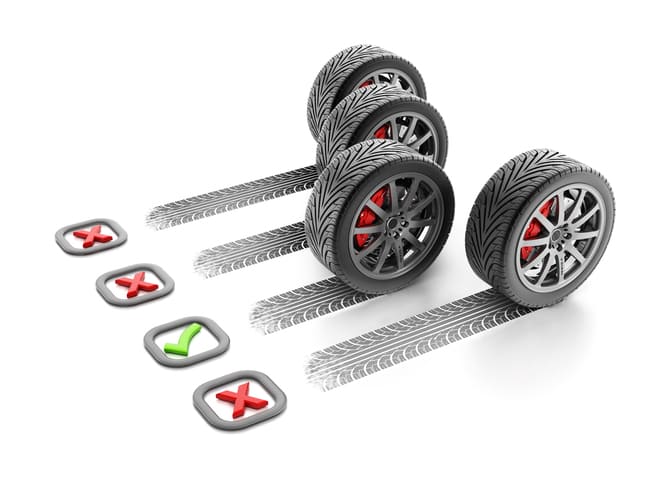
One common mistake that people make is to confuse the vehicle braking distance for stopping distance, but that is only half the story. Stopping distances for cars are actually a combination of two different distances, thinking distance and braking distance, and can be worked out with a stopping distances formula.
Thinking distance is the time it takes for a driver to react to a hazard or obstacle in the road or around them and to realise that they need to apply the brake and then push down on the pedal. There are a vast range of factors that can affect a driver’s thinking distance (we’ll get to these later), but it is estimated that under normal conditions for every mile per hour that the driver is travelling, the thinking distance is 1 foot (0.3m). So, if you are travelling at 20mph, the thinking distance will be 20 feet (or 6 metres).
Braking distance is the distance that the vehicle will travel in the time it takes to come to a complete stop after the brakes have been applied, i.e. the time it takes for the brakes to stop the car. The man factor in these, of course, is how fast your car is travelling when the brake is applied. The faster you are travelling, the more momentum you have and the greater braking distance will be.
Again, lots of things can impact braking distance, but to help with stopping distances Highway Code have provided these estimates for braking distances at certain speeds:
To give some examples of complete stopping distances, at 30mph the braking distance of 14m (45 feet) would be added to the thinking distance of 9m (30 feet), to give a total stopping distance at 30mph of 23m (75 feet).
The stopping distance at 70mph would be 75m braking distance and 21m thinking distance, meaning overall 96m.
To act as your braking distance calculator, the stopping and braking distance chart below will give you all the information you need to work out safe braking distances. All of these, as with the examples above, are based on the driver not being distracted or impaired, driving a well-maintained vehicle, and normal, dry road conditions:
Why is it important to know your stopping distance?
The main reason is of course to help you avoid accidents if cars in front of you suddenly brake. If you know that your car will travel 38m before it comes to a complete stop ( can you work out how quickly were you travelling?), then you can anticipate how far behind the car in front you need to be for it to be a safe distance. Similarly, if you know a car behind you is only 10m away, but you are travelling at 40mph, you can see that there is not enough distance between you and if you brake sharply it is likely an accident will occur. This is a hard situation to be in, but some solutions here could be to apply the hazard warning lights in an attempt to make the driver aware, gradually decrease speed by stepping off the accelerator until the distance is acceptable and the over driver is also forced to decrease their speed, or use your indicators to signal and pull over to the side of the road when it is safe to do so and let the driver pass.
Knowing stopping distances also gives you a better view and understanding of the road ahead. There’ll be an appropriate distance between you and the other car and it will allow you to think about the distance before crossroads, junctions, or corners in a different way and be able to predict better what might happen, how you will have to adjust your speed, or what potential hazards may arise.
It will also help with fuel economy. Since you know how long it takes to stop and to slow down, you’ll be able to drive more smoothly and won’t be braking every time the car in front slows down.
What can affect your stopping distance?
The 2-second rule

Stopping distance can be hard to work out when you are driving, but there is one handy tip that can help you get braking right: the 2-second rule. First, choose a fixed point on the road ahead. This could be a signpost or marker on the side of the road, or text or marker on the road (a chevron or writing). Watch for when the vehicle in front of you passes that point. From then, it should be at least 2 seconds before you pass the same fixed point. If it isn’t you need to decelerate and increase the distance between you and the car in front. As we said earlier, in wet conditions this time should be doubled to 4 seconds and remember that this is only a rough guideline.

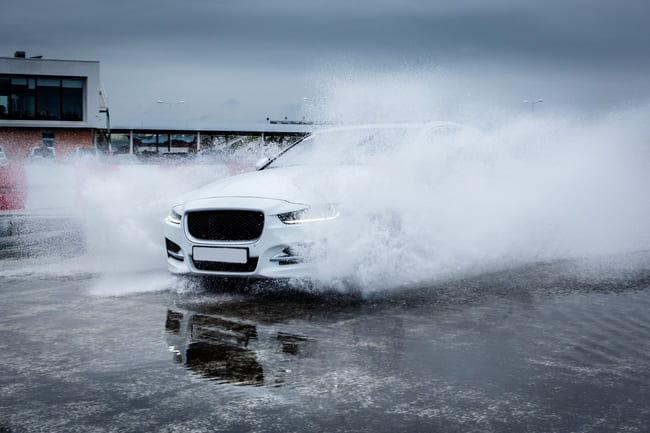
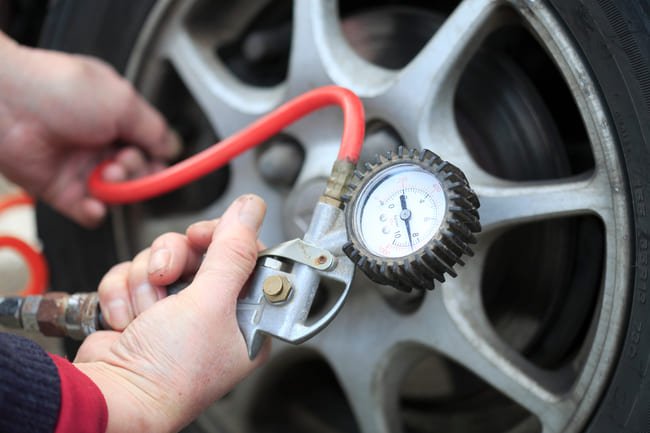

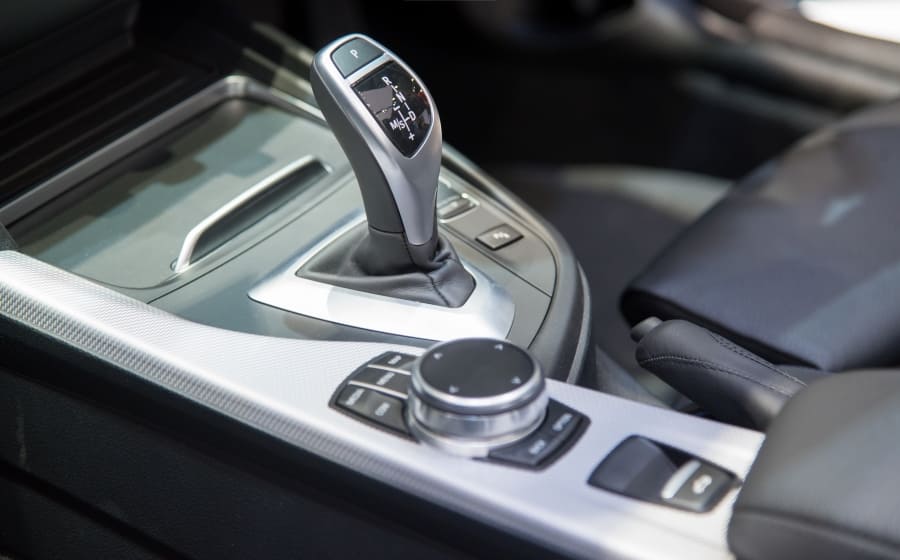
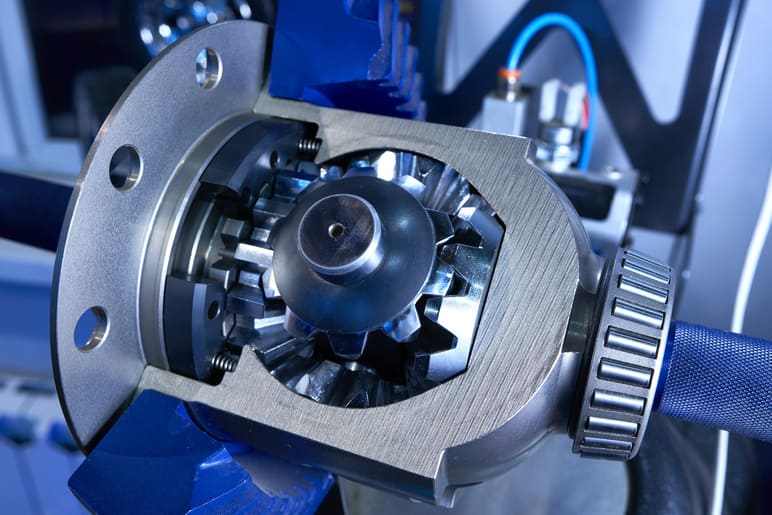
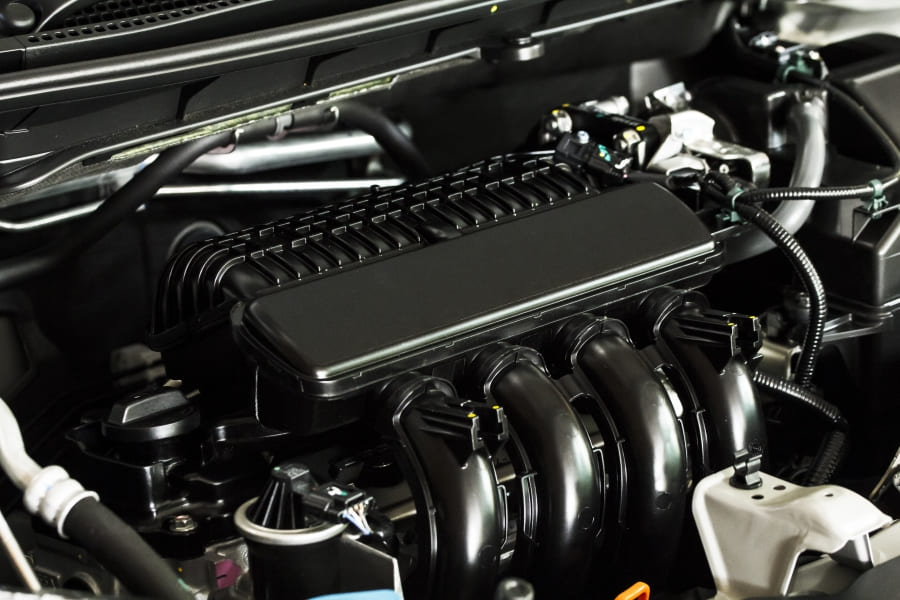

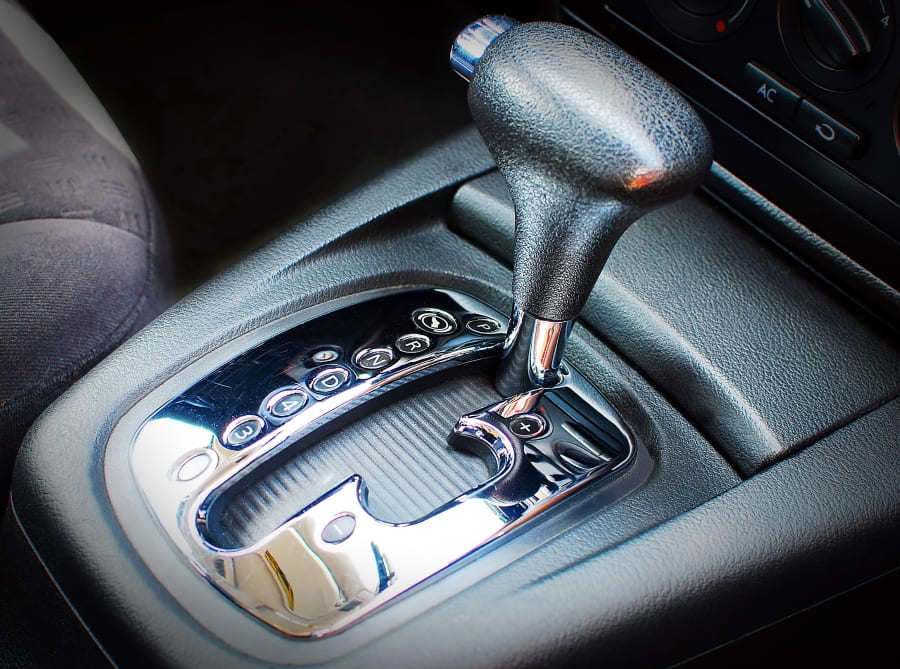

Comment